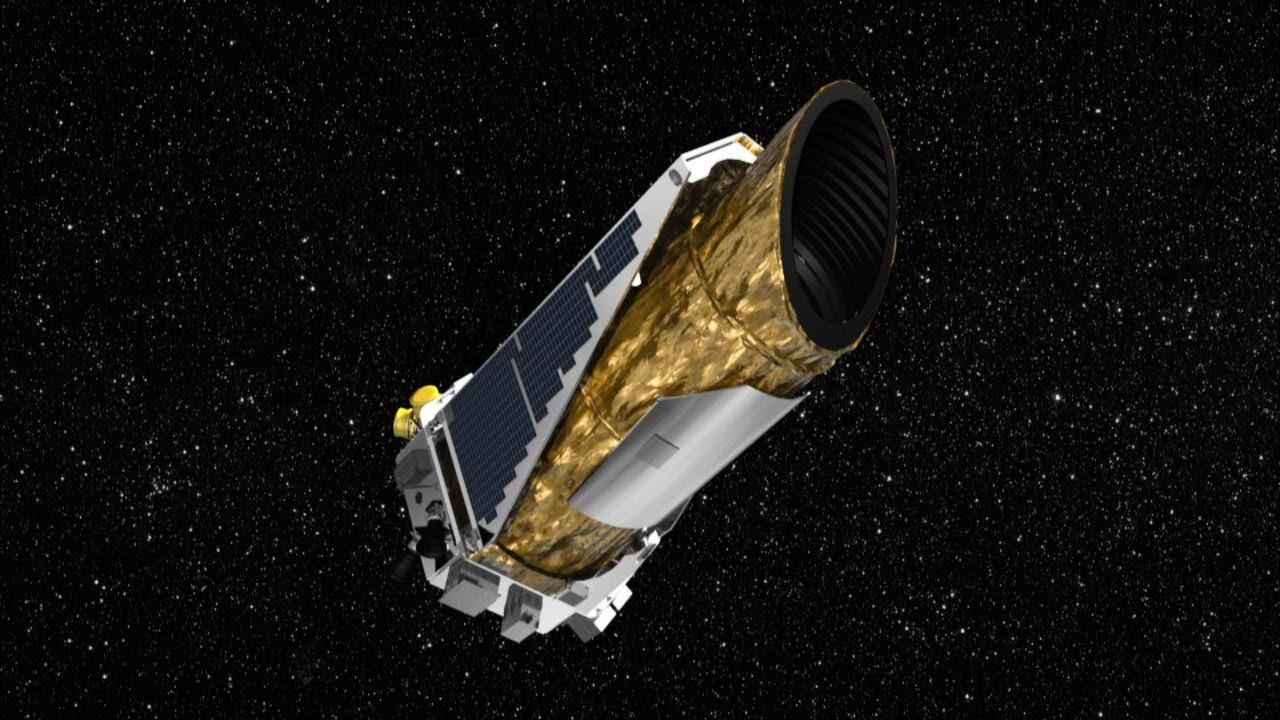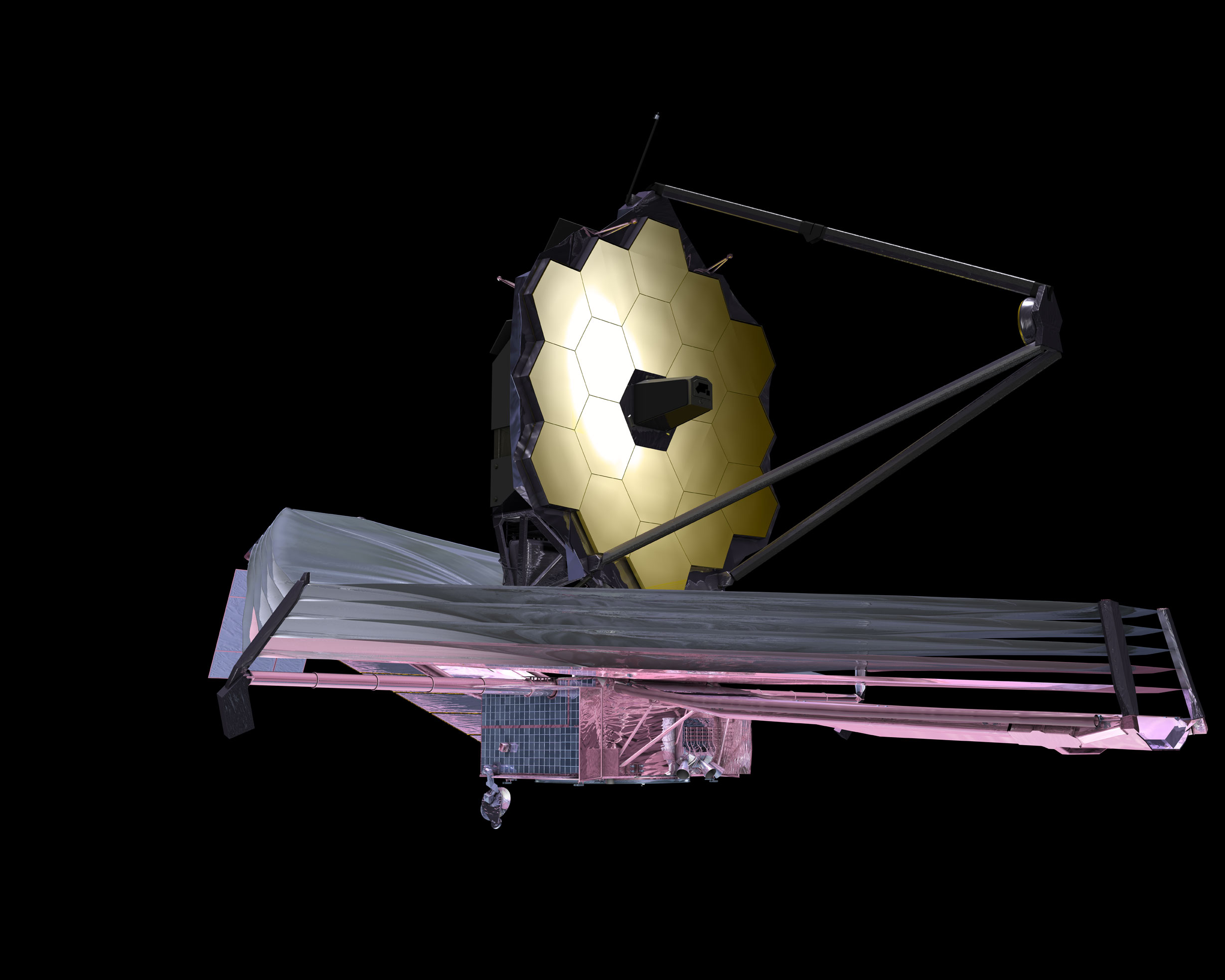AI for Astrophysics & Planetary
Science
An Interactive Exploration of the Cosmos
Assaf Shaked
·
Juliana Merege
·
Yankit Kukreja
Colin Gross
·
Michael Cebral
·
Raul Mariani
Vanessa Van Decker
Scroll to Explore


